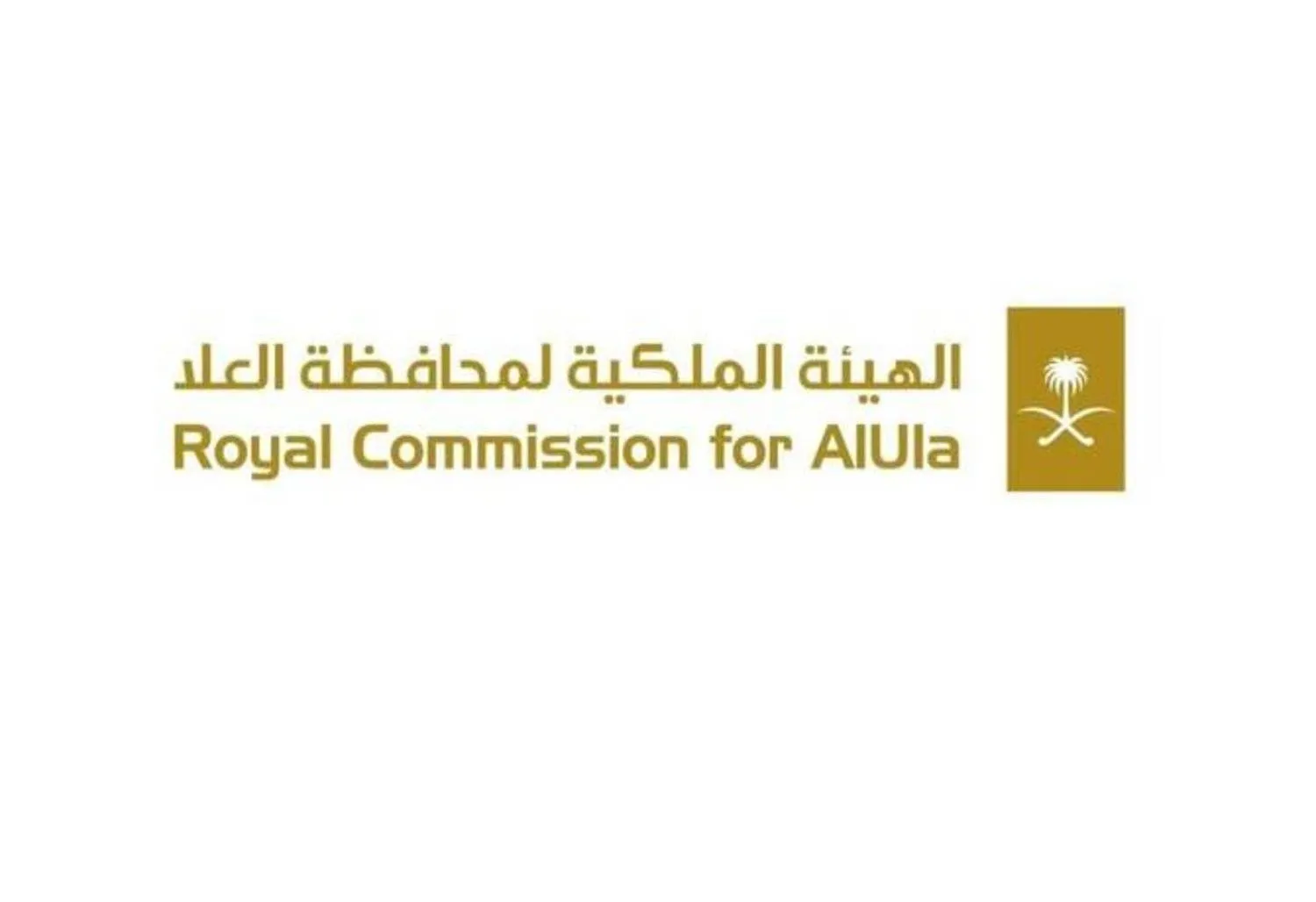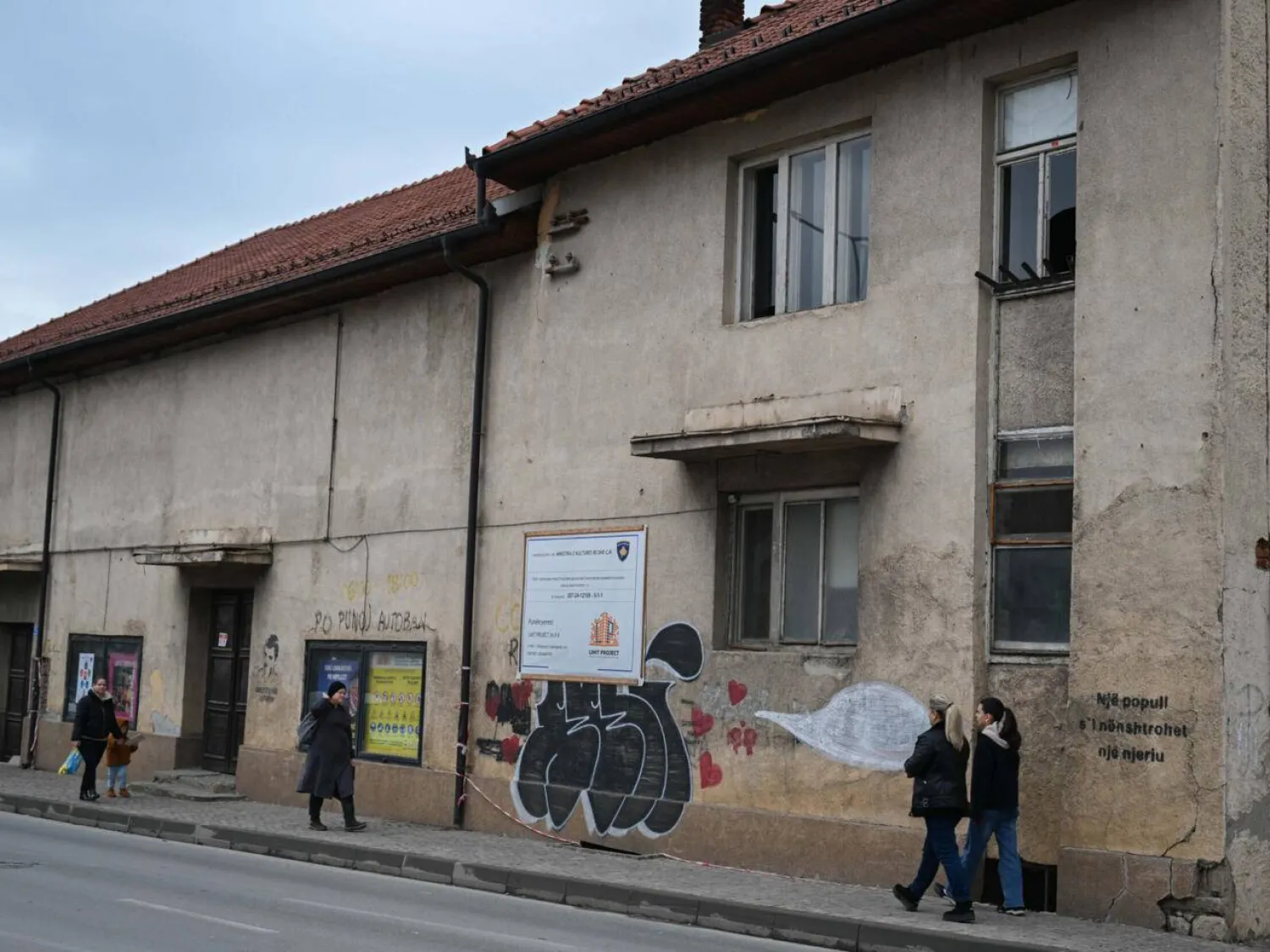The Saudi Museums Commission has recently hosted an engaging open talk on “Conservation, Preservation, and Display of Artifacts and Art Collections,” as part of the commission’s monthly series of dialogues aimed at exploring innovative strategies and best practices in preserving cultural heritage.
Moderated by Tariq Abdulhakim Museum Acting Director Tayeb AlTayeb, the event featured insights from renowned experts, including Red Sea Museum Director Eman Zidan, former Director of the National Museum of Beirut Anne-Marie Afeiche, and Director of the Restoration and Conservation Center at the Grand Egyptian Museum Dr. Hussein Kamal.
The panel emphasized the critical role of conservation and restoration in protecting cultural heritage. Kamal shared the remarkable work of the Grand Egyptian Museum’s Restoration Center. Afeiche highlighted Lebanon's historical challenges, where innovative methods, such as cement blocks, were used to conserve artifacts in the National Museum.
The importance of public involvement in conservation was a central theme of the event. Zidan remarked that "protecting collections is a shared responsibility—it is about communities, individuals, and future generations." Examples of successful engagement included the children’s choir at the Tariq Abdulhakim Museum, run by the Museums Commission, which celebrated musical heritage and connected young audiences to their cultural roots.
Zidan also mentioned the Museums Commission’s efforts to raise public awareness of the importance of safeguarding cultural heritage, referring to the commission’s campaign “Telling Tomorrow’s Story”, which introduced the public to the Ministry of Culture’s collection and valuable artifacts, and presented the museums as guardians of such cultural heritage.
The role of media in raising awareness about conservation was a key focus. Speakers highlighted the importance of documenting restoration processes and sharing these stories through social media, television, and documentaries. Kamal shared how the Grand Egyptian Museum will use behind-the-scenes videos to showcase restoration efforts, making the process accessible and engaging for the public.
This open talk reflects the Museums Commission’s commitment to safeguarding cultural heritage through advancing conservation and preservation practices across the Kingdom and the region. By embracing innovation and fostering collaboration, the commission ensures that Saudi Arabia’s cultural heritage remains vibrant and accessible for future generations.









